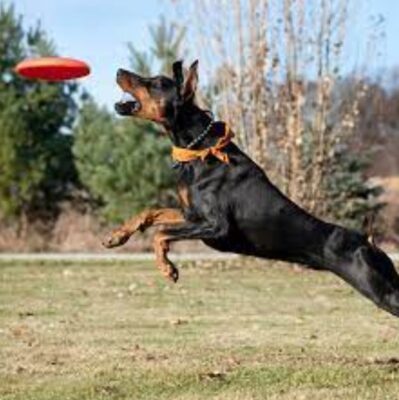When it comes to exploring the great outdoors with your canine companion, ensuring their safety and comfort is paramount. A well-fitted dog harness not only provides better control but also minimizes the risk of injuries. Here are essential tips for fitting and adjusting your dog’s harness correctly to ensure you both enjoy your adventures to the fullest.

1. Choosing the Right Type of Harness
Before fitting, it’s crucial to select the appropriate type of harness for your dog’s needs. There are several options available, including:
- Back-Clip Harnesses: These are ideal for well-trained dogs who don’t pull much.
- Front-Clip Harnesses: Useful for training dogs that tend to pull, as they allow you to redirect their attention.
- Dual-Clip Harnesses: Offers versatility by providing both front and back clips for different situations.
- Step-In Harnesses: Great for dogs who dislike items going over their heads.
2. Measuring Your Dog Accurately
To ensure a perfect fit, begin by measuring your dog. You’ll need:
- Neck Measurement: Wrap a tape measure around the base of your dog’s neck where the collar would sit.
- Girth Measurement: Measure the widest part of your dog’s ribcage, typically behind the front legs.
Once you have these measurements, refer to the sizing chart provided by the harness manufacturer to find the best fit.
3. Fitting the Harness
When fitting a harness, ensure that:
- The harness is snug but comfortable: You should be able to fit two fingers between the harness and your dog’s body.
- The chest piece doesn’t impede movement: Your dog should be able to walk, run, and play without restraint.
- The harness doesn’t rub or chafe: Pay attention to sensitive areas like underarms and shoulders.
4. Adjusting for Optimal Comfort
After putting on the harness, make adjustments to ensure maximum comfort:
- Check the straps: Adjust them so they’re even and symmetrical. They should not be twisted.
- Monitor movement: Let your dog move around and watch for any signs of discomfort or restricted movement.
- Regular checks: Dogs grow and their bodies change, so regularly check the fit and make adjustments as necessary.
5. Conducting a Safety Test
Before heading out, it’s important to perform a simple safety test:
- Tug gently on the harness: Ensure it stays in place and doesn’t shift excessively.
- Check for escapes: Make sure your dog can’t back out of the harness.
6. Watch for Wear and Tear
Constant use can lead to wear and tear:
- Inspect for damage: Regularly check all buckles, clips, and straps for signs of wear.
- Replace when necessary: A damaged harness can compromise safety, so make replacements when needed.
Conclusion
A properly fitted harness can make all the difference on your adventures with your furry friend. By taking the time to select the right harness, measure accurately, and adjust correctly, you’ll ensure your dog stays safe and comfortable. Remember, a happy dog leads to happy trails, so put safety first and enjoy your pawsitive adventures!

